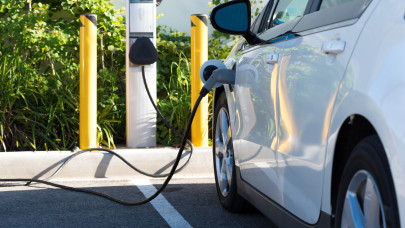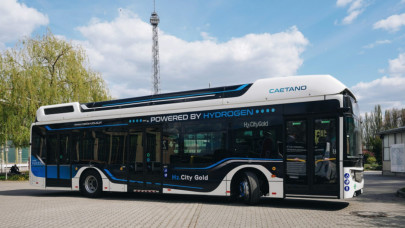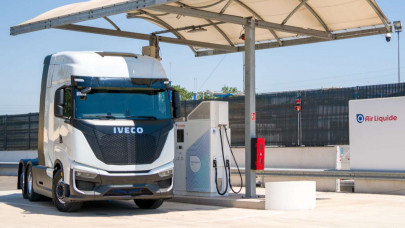The package will help the freight sector do its part in the EU achieving its Green Deal goals.
During intermodal transport operations, one loading unit, such as a container, is moved via a combination of lorry, train, barge, ship, or plane. Combined transport is a sort of intermodal transport combining the flexibility of road transport, which would still be used for the first/last leg of a journey to ensure that any location in the EU can be reached, with the environmental performance of rail, inland waterways or short sea shipping for the main leg of the journey.
This revision will make intermodal transport more efficient and competitive. It refocuses support on operations that reduce by at least 40% the negative externalities compared to road-only operations between the same starting and endpoints. Digital platforms established under the Electronic Freight Transport Information Regulation (eFTI) will provide a calculation tool allowing transport organizers to prove whether their operation is eligible for support. They will submit the necessary information in an accessible manner; accredited digital systems will do the rest.
”In 2022, 13.6 billion tonnes of goods were carried on EU roads. This freight is central to the EU economy, and as demand increases, we need to keep the costs and emissions under control. With our proposal, lorries will continue to have a role in the freight sector, but combining them with other, more sustainable transport modes, such as barges, short sea shipping, or trains, will reduce the external costs of transport and optimize the use of our transport network for the benefit of citizens and our economy”, says Adina Vălean, Commissioner for Transport.
Alongside existing regulatory measures, the proposal introduces an exemption from temporary driving bans, such as weekend driving bans for combined transport. The aim is to improve the use of terminal and other infrastructure capacity by allowing trucks carrying out the short feeder legs to reach terminals as and when they need to, based on train, barge, or ship departure times.
The proposal sets Member States a competitiveness target to reduce by at least 10% the average door-to-door cost of combined transport operations within 7 years and requires them to put in place the policies needed to achieve this. A new EU gateway for intermodal transport information will provide links to all Member States' national policy frameworks, as well as practical information on measures in place, increasing the transparency of national measures.
Terminal operators will also be required to provide minimum information on their websites on the services and facilities at their EU transshipment terminals.
The proposal will now be considered by the European Parliament and the Council in the ordinary legislative procedure.
The Combined Transport Directive was last amended in 1992. The Commission presented two previous proposals to update the Directive, in 1998 and 2017; in both cases, the amendment proposal was withdrawn by the Commission as no satisfactory agreement was reached by the co-legislators. Some parts of the Directive are however outdated, the definition and eligibility criteria are causing the industry practical problems, and support is not as effective as it could be. With the European Green Deal, the Commission proposed again to amend the Directive to provide a more ambitious support framework for modal shift to make a real difference.













